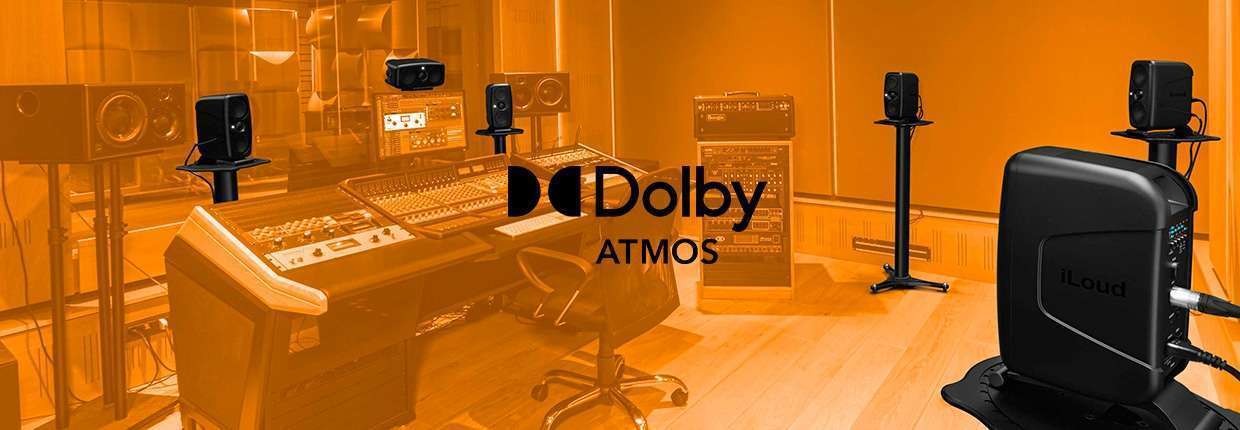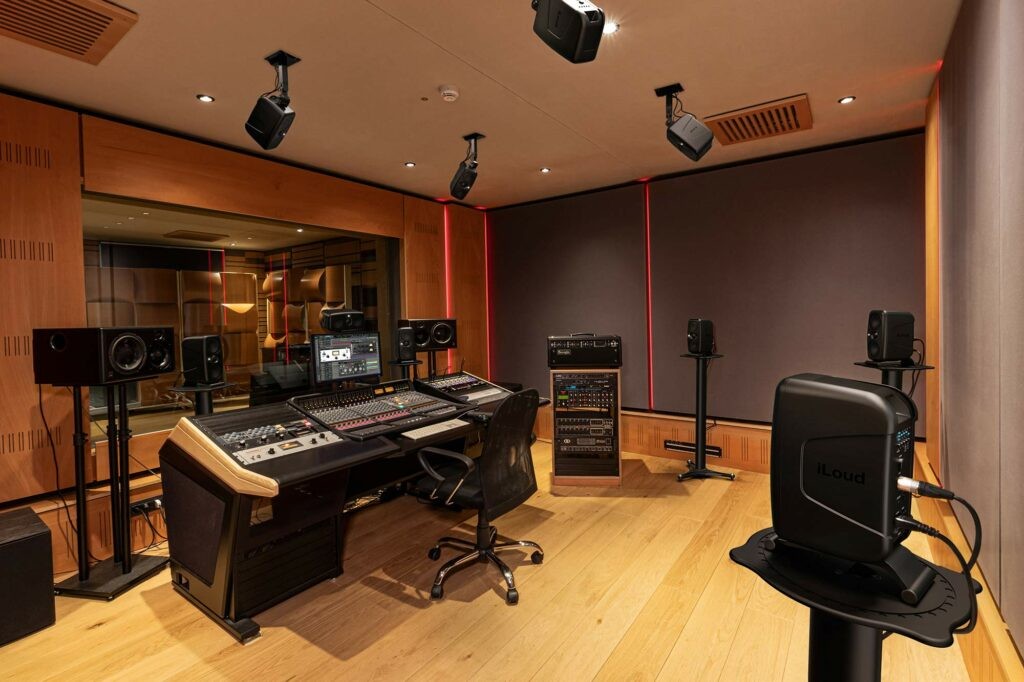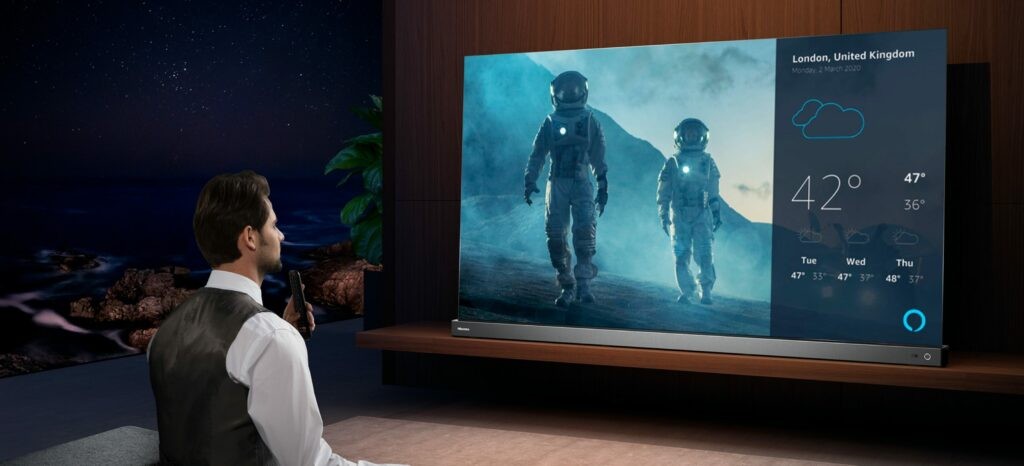Recording, Mixing and Mastering
Published on 17/01/2022

In this post we shall try to understand whether or not Dolby Atmos will succeed. Which are the ingredients to get recognized in the Audio Pro market? Will Dolby Atmos be able to rise to the top? Difficult questions to answer.
Every big innovation is bound to a bet. Someone gets it, someone else doesn't. Successes and fails are both possible outomes.
Vision is a must but a lot of other things have to happen to establish a product or a technology in the high steps of the market stairway.

The first iPhone hit the narket at the very end of June 2007. Nokia, Motorola and Blackberry were the leaders at that time.
iPhone turned things upside down thanks to a couple of innovations:
The first model was sold in only a few Nations. In Italy we only got what venture people did buy at their own risk of having just a beautiful, not working, screen to touch. No third Parties applications were available yet.
The marketing action by Apple was huge and, as we all know, capable of changing the world.
Two were the fundamental concepts:
The market share grew up when the users understood the possibilities offered by the new man-machne interface and the software firm started to release Apps to cover every need.
Let's go back to the point. Let's try to understand if Dolby Atmos will succeed. From the innovation point of of view we can say that:
We have, than, all the ingredients to supply a new listening experience. From the available statistics can be found that 85% of music is listened by headphones.
This must be the reason why the Dolby Laboratories engineers accounted for this in their design. Listener's engagement is the key to understand wether Dolby Atmos will succeed or not.
Not so many people will install a 7.1.4 system to enjoy 3D music.
It is very likely that we shall have a lot of intermediate level systems (from Headphones to 7.1.4) that will be good enough to receive a good immersive experience.
Let's step further. Just like the Apps for iPhone we need an ecosystem to support the technology.
Following conditions must be realized:
Dolby Laboratories had already released the software components and we already have some DAWs capable of using them (actually Pro Tools, Nuendo, Logicand Da Vinci Resolve but more are coming).
As we have been saying, for music production, a 7.1.4 control room is needed. This is possible to achieve in a pro environment.
Less likely to be for home and project studios. But the last statement is partially true.

A possible workflow (at home/project level) could be to mix in headphone first and than finalize in a professional (and possibly listed) 7.1.4 room.
Following this idea there are tools to support headphone mixing such as Acustica Audio Sienna aimed to model the Studio Uno in the House Of Glass facility).
New way of mixing will have to be developed by audio engineers to cover both creativity and new techniques available.
As of distribution we already have Apple, Tidal and Amazon active with others to follow shortly.
Good news also from the compatible listening devices. We already have Sound Bars capable to deliver Dolby Atmos. Let's name Sonos Beam just to give you an example.
We also have TVsets with integrated Dolby Atmos speaker systems. Just look at Hisense to have an example but the Internet provides a lot of other brands and models.

It is now clear that Dolby Laboratories, in 2012, made huge investments betting of the future. As Apple did for the iPhone, a completely new approach needs to be explained to the potential users. Things, as we have seen here, are moving up and we strongly believe that Dolby Atmos will succeed.
Join us today and get 5% off your next order!

Empty cart